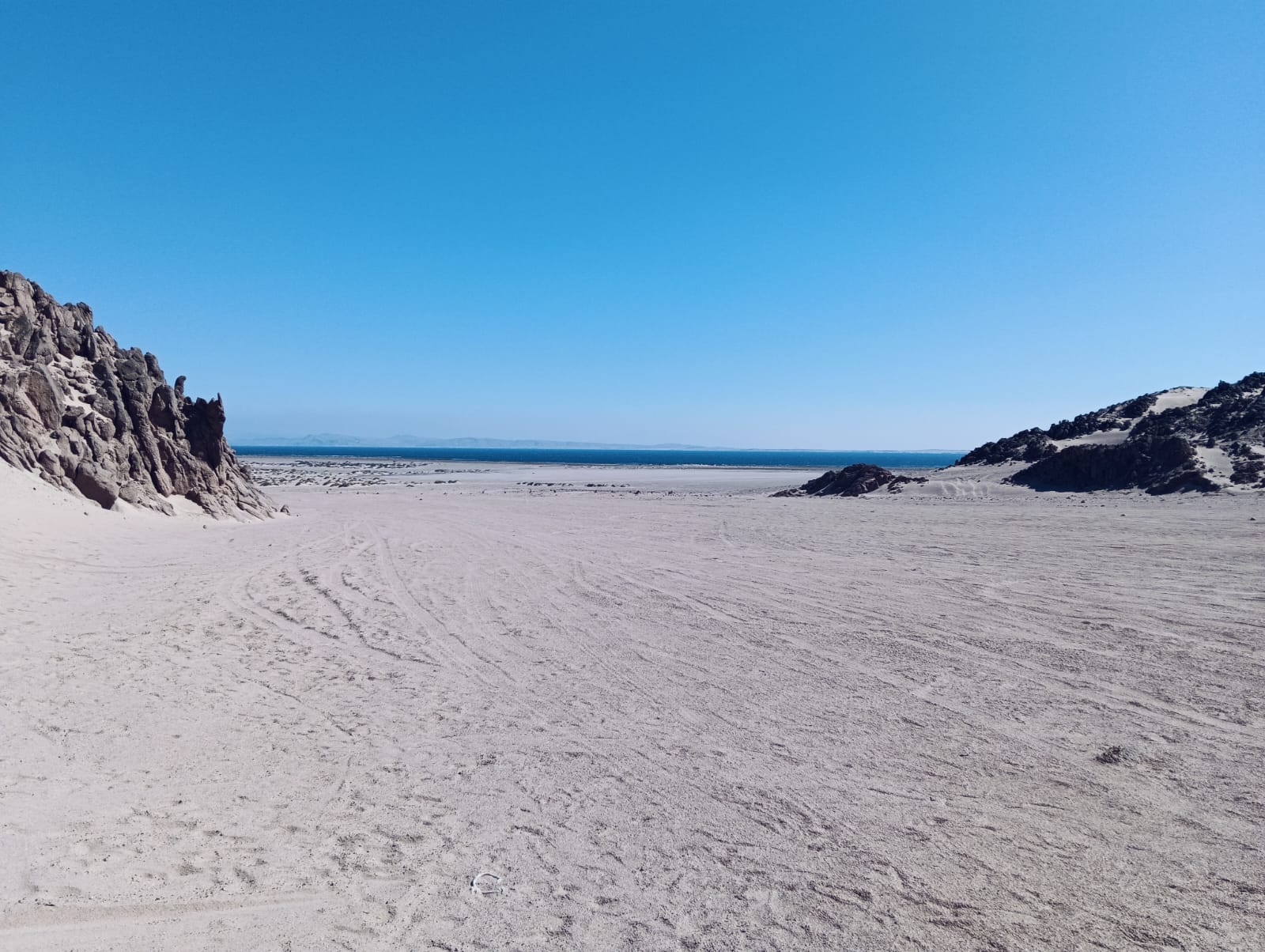Nabq Bay Sharm el Sheikh | Protected Area
Nabq Bay Sharm el Sheikh, the protected area in South Sinai, Egypt, is an “untouched paradise that has not yet been explored by many.”
It includes dozens of rare species of animals, birds, and forests, as well as picturesque beaches and coral reefs, making it a world center for diving.
In the Nabq protected area, you will experience a special date with the pleasure of a desert safari among dunes and mangrove forests, the magic of turquoise waves, and the pleasure of discovering living creatures that no one would have ever imagined.
The location of the protected area:
Nabq Reserve is 35 kilometers north of Sharm El Sheikh, a world-famous international tourist destination.
However, many tourists are unaware that a virgin paradise and a stunning piece of beauty are located just a stone’s throw away, precisely 15 minutes from Sharm El Sheikh Airport.
Nabq Reserve Declaration:
In 1992, Nabq was declared a nature reserve, covering an area of 600 square kilometers, of which 440 square kilometers are on land, plus 130 square kilometers in the water area.
It overlooks the Gulf of Aqaba, located in the area between Sharm El-Sheikh, Dahab, and Wadi Umm Adawi in South Sinai.
Tourist Activities in Nabq Bay:
A common sight in the reserve is the sight of tourists’ eyes shining as they wrap their heads in colorful scarves and bandanas, and the intense excitement colors their tone as they start the engines of their four-wheel-drive vehicles and set off on safaris across the dunes that appear along the horizon in beautiful formations that look like paintings sculpted by the hand of nature.
The program includes a safari in the valleys between the mountains that surround the site aboard four-wheel-drive jeeps.
In addition to quad biking and camel riding on the reserve’s beach.
One of the signature activities of Nabq Reserve is sand skiing. It sounds exciting when a European tourist compares snow skiing in his country to sand skiing in Egypt.
The experience of discovering this reserve, with its privacy and uniqueness, is not complete without visiting the “Canyon,” a fissure located between the mountains. It was formed by ancient earthquakes and contains rare scenery and views, such as granite and basalt stones that emerge on its sides.
You will also learn about the natural life of some Bedouin tribes who live here in very small numbers.
You sit with them and drink tea made from desert mint, a type of medicinal plant that grows in the area and is called “Habak.”
Before concluding the trip, you move from the desert to the sea to practice diving among the coral reefs.
Ecosystems in the Nabq Protected Area in South Sinai:
The Egyptian Information Authority website indicates that Nabq is characterized by its multiple ecosystems. For example, there is the mountainous desert environment with its dunes in Wadi Kid, which is interspersed with valleys rich in natural plants, in addition to mangrove plants, or Avicennia marina. Diving in the Gulf of Aqaba in this area will guarantee you an unforgettable tour of coral reefs, colorful fish, invertebrates, and mollusks.
Lovers of unique wildlife will be able to observe in the reserve numerous animals that live between the desert and the mountains, such as gazelles, Nubian camels, foxes, and hyraxes, as well as numerous species of rodents and reptiles. Various types of birds migrate to Nabq, especially ospreys, waders, and herons.
One of the tourism and adventure activists says, “Nabq Reserve is a magical place like no other. There are wooden huts equipped to accommodate tourists who will be amazed by the primitive and natural character of the place, as well as the rare mangrove trees that only grow on the Red Sea coast.” He added, “The reserve is an irresistible temptation for lovers of diving and photography.” I took a lot of fantastic photos and videos.”
Vegetation cover is one of the most important features of the reserve. It includes about 134 species of plants; at least 86 species have become completely extinct in other places, and studies are underway to develop and propagate the remaining ones in Nabq.
The most famous of these is the mangrove, as this region is the last tropical extension of its growth in the Indian Ocean and the Red Sea.
According to agricultural experts, mangroves live in salty or slightly salty waters, especially at the mouths of rivers.
It can extract fresh water and eliminate salt through its leaves.
These trees have many benefits at the geological level, in addition to the cycle of living organisms. They help stabilize the coasts and retain sediments. Mangrove forests are also important areas for the reproduction of fish and invertebrates and the settlements of many types of migratory and resident birds. The maximum height of a mangrove is about five meters.
Learn more about the Tour to Nabq Nature Reserve



